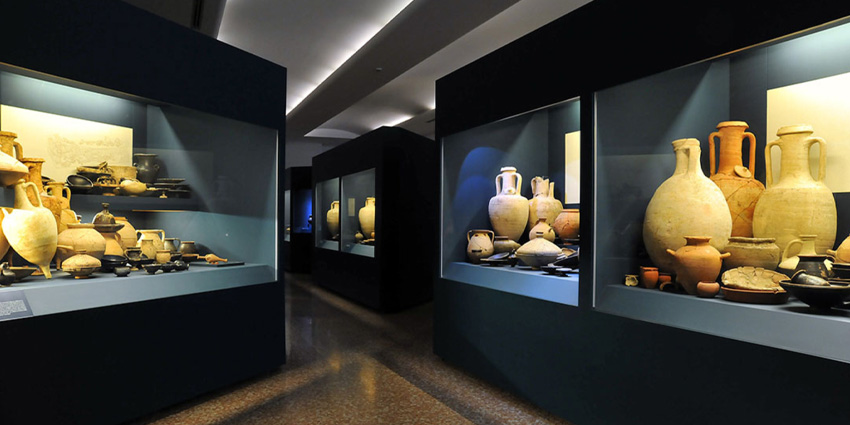
The Monumental Garden of Valsanzibio: an emotional journey through history, nature, and symbolism
Nestled in the peaceful landscape of the Euganean Hills, the Monumental Garden of Valsanzibio reveals itself as a suspended world—an encounter between nature, art, and centuries-old symbolism.
Crossing its entrance feels like stepping into a dimension where time slows down, and every stone, leaf, and reflection whispers a fragment of an ancient story. The atmosphere carries the delicate weight of history, yet welcomes visitors with the quiet embrace of a place shaped for contemplation.
A seventeenth-century masterpiece designed for the soul
Created in the 17th century by the Barbarigo family as an allegorical “path of salvation,” the garden is more than an architectural gem: it is an emotional journey. Its baroque layout, enriched with symbolic sculptures, refined fountains, and perfectly aligned perspectives, transforms space into narrative. Moving through its avenues is like following a silent tale, where nature and human intention merge seamlessly. The harmony between water, stone, and vegetation conveys a sense of balance rarely encountered in modern landscapes.
The labyrinth: a living metaphor of the human journey
Among the most evocative features lies the great boxwood labyrinth, one of the oldest and most complete examples in Europe. Entering its green corridors awakens a feeling of mystery and introspection. The winding paths, sudden turns, and occasional dead ends reflect the complexity of human experience: moments of disorientation, choices guided by intuition, and the quiet satisfaction of finding one’s way forward. Reaching the heart of the labyrinth brings an intimate sense of achievement, as though the garden itself has shared a lesson in resilience and self-discovery.
The language of water: fountains, reflections, and movement
Water plays a central role within the Monumental Garden of Valsanzibio. It animates the space, giving voice to sculptures and enhancing the garden’s baroque spirit. From the Fountain of the Dolphins to the serene Island of the Rabbits, each water feature introduces a different rhythm—sometimes playful, sometimes contemplative. The gentle flow of water becomes a thread uniting the garden’s many “green rooms,” guiding the visitor through a sequence of ever-changing atmospheres. Reflections shimmer on basins and pools, adding subtle layers of light that shift with the passing hours.
Nature as architecture: perspectives carved in greenery
The garden’s vegetation embodies a living form of architecture. Tall hedges sculpted with precision, ancient plane trees spreading their branches like protective arms, and majestic cedars rising against the sky create a landscape rich in textures and emotions. The design cleverly alternates intimate, shaded passages with broad, sunlit openings, allowing visitors to experience a continuous play of contrasts. Each viewpoint seems crafted to frame a specific sensation, offering glimpses that evoke wonder, serenity, or introspective calm.
Symbolism woven into every step
Beyond its beauty, the Monumental Garden of Valsanzibio is a philosophical landscape where each element carries a deeper meaning. Statues representing virtues and moral ideals, architectural elements shaped to evoke transformation, and allegorical paths reflecting the challenges of human life create an immersive symbolic world. Walking through these spaces inspires reflection, connecting the visitor to the values and aspirations of an era in which gardens were conceived not only for leisure, but also for spiritual elevation.
A timeless encounter between emotion and landscape
Experiencing the Monumental Garden of Valsanzibio means embracing a place where time unfolds softly and the senses awaken. The interplay of history, natural beauty, and baroque imagination generates an atmosphere that lingers long after leaving its gates. The stillness of the shaded paths, the gentle murmur of fountains, and the elegance of its geometry create a memory that feels personal and lasting. It is a garden that does not simply display beauty—it invites visitors to feel it deeply.




